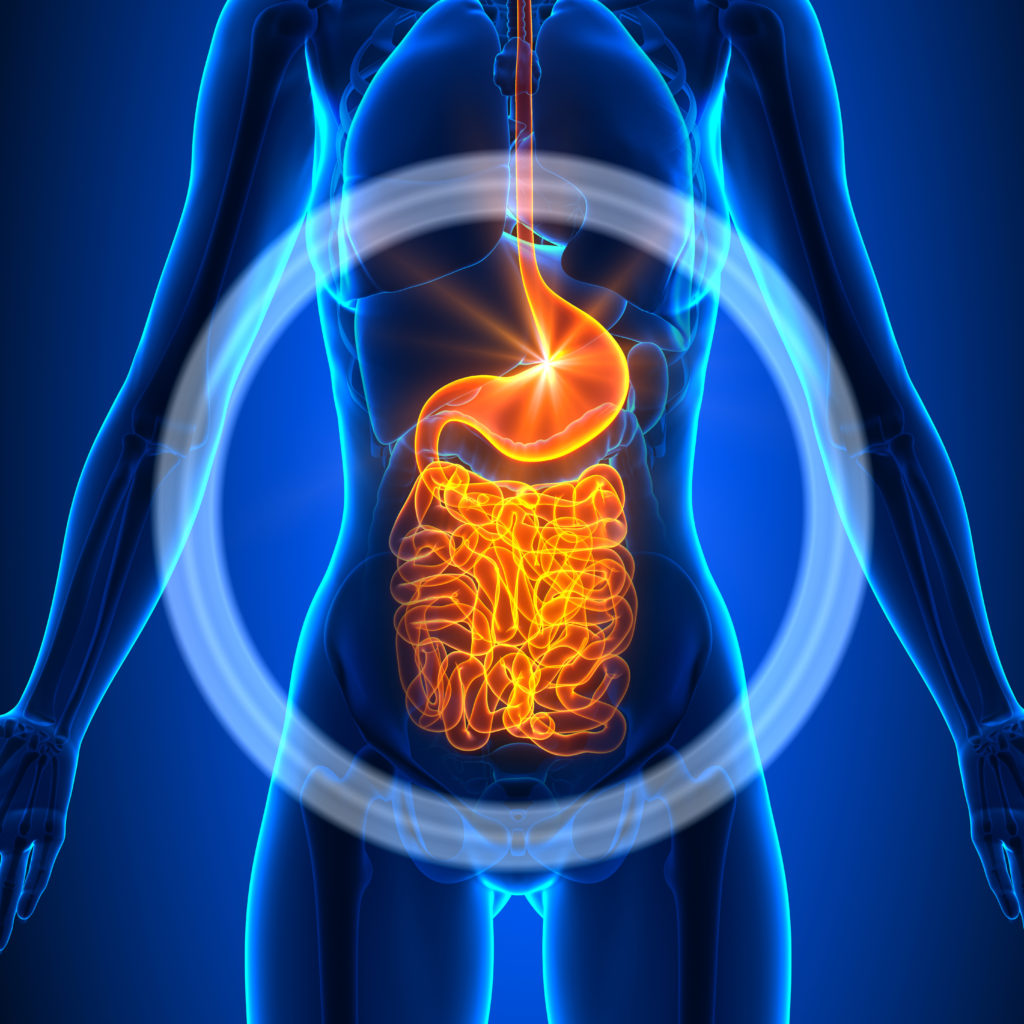There are about 37.2 trillion cells in an adult body, the building blocks for our tissues and organs. On top of that, there are an estimated 10 times more microbial cells (bacteria, yeast, viruses) colonizing the human body (gut, mouth, skin and other mucosal surfaces) weighing as much as 5 pounds. All of these ever-changing cells in and on us influence our health and well-being and need the right nutrients and building blocks in order to function properly.

The microbiome
Some scientists say that we are the envelope around the highly organized microorganisms in our gut, our microbiome. These microbes in our gut microbiome are involved in digesting our food, preventing disease-causing pathogens from invading our body, synthesizing essential nutrients and vitamins for us to absorb and also in regulating our immune system, central nervous system and circulatory system. Our gut microbiome produces an estimated one-third of the circulating substances in our bodies. Changes in our microbiome can trigger changes in our body’s cellular activities, resulting in either health or disease. Therefore, this highly organized microbial world inside our gut needs to be dominated by the beneficial (symbiotic) microbes. (See How to be a food sensitivity detective)
This community of good and bad (symbiotic and pathogenic) microbes living in and on us are part of us. The fact is, we the multicellular organisms, would never have existed if single cell organisms like bacteria had not evolved on Earth before us. We need them and the ones around us need us. It is like we are on a continuum. One could even wonder, “Where do we begin and where do they end? Or are we just one?”
The truth is, we are a part of life, part of nature, connected with everything around us. We are part of a bigger, greater existence. The challenge in this complex thing called life is to make sure we are surrounded by what serves us, in this case, the good microbes – and make sure we are strong and ready to defend ourselves against the harmful ones.




